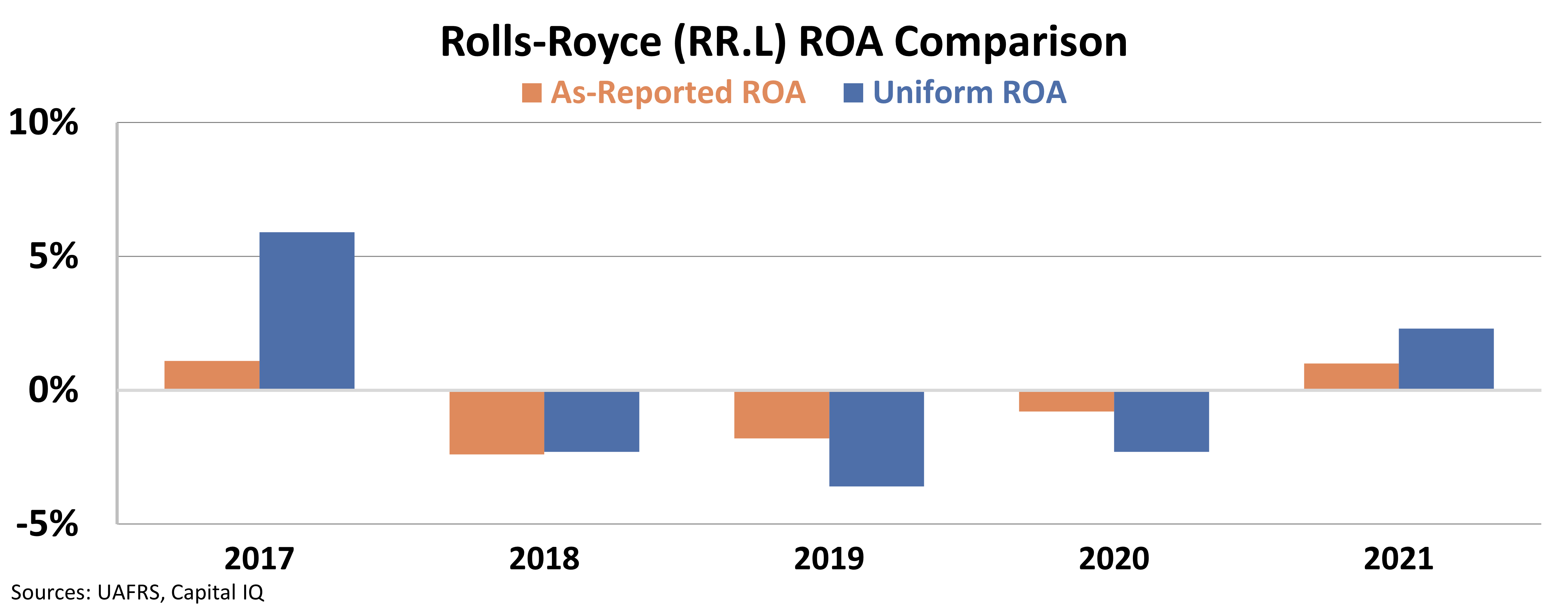 Few folks can say they've traveled at the speed of sound...
Few folks can say they've traveled at the speed of sound...
Also called "supersonic" flight, this ultra-fast form of travel has traditionally been for the military only. It takes a well-engineered machine (and a well-trained pilot) to reach the roughly 770 miles per hour necessary to break the sound barrier.
It's hard to imagine civilians going that fast. And it has been almost 20 years since any of us had the chance. To date, there have only been two supersonic commercial airliners – the Concorde and the Tupolev Tu-144.
The Tupolev has been out of service since 1999. The Concorde's last commercial flight was from New York's John F. Kennedy International Airport to London's Heathrow in 2003. Since then, no commercial airlines have offered customers a flight that breaks the speed of sound.
But all of that could be about to change. In the past few years, new companies are reconsidering ultra-fast travel. One business in particular, called Boom Supersonic, wants to build the next generation of supersonic aircraft.
Even with the technological advancements of the past two decades, it's not easy. These faster-than-sound airliners come with hefty obstacles. They require intricate design to withstand extremely high temperatures. They use a massive amount of fuel. And they issue a "sonic boom" strong enough to shatter glass when they break the sound barrier.
But one hurdle is causing problems for Boom Supersonic above all else... Nobody wants to make the engine.
Supersonic airliners require engines specifically designed to account for high energy consumption, power output, and efficiency.
Boom Supersonic has courted several engine makers, including General Electric (GE)... Safran (SAFRY)... and Pratt & Whitney, which is owned by Raytheon Technologies (RTX). But they all ultimately pulled out.
 And last month, one of the biggest names in jet engines walked away...
And last month, one of the biggest names in jet engines walked away...
Rolls-Royce (RR.L) had been exploring supersonic-engine designs with Boom Supersonic since 2020. But in mid-September, the two companies announced they had parted ways.
That had to hurt for Boom Supersonic. Rolls-Royce is widely regarded as one of the best jet-engine makers. It's the second largest in the world.
But looking at Rolls-Royce's Uniform returns, it's clear why the company isn't ready to go supersonic. In 2017, Uniform return on assets ("ROA") was about 6%. That's breakeven for the company. Since then, things have gotten way worse.
Take a look...
It's not like the pandemic slowed Rolls-Royce down, either.
Even before COVID-19, the company notched a negative 4% Uniform ROA. Rolls-Royce had no business working on something with such a slim chance of success.
Boom Supersonic is still building the rest of the aircraft, called Overture. It hopes to deliver the first Overture in 2025 and carry its first passengers in 2029... pending an engine.
But while a six-hour flight from New York to Sydney would be great, the company's plan may fall flat on its face before 2029. With no major engine supplier willing to step up, Boom Supersonic may have to rethink its entire production plan.
For its part, Rolls-Royce clearly has a long way to go until it's profitable enough to invest in moonshots like this. The company was smart to step away from this project. But that doesn't mean investors should seriously consider this stock for the time being.
Regards,
Rob Spivey
October 6, 2022



 Few folks can say they've traveled at the speed of sound...
Few folks can say they've traveled at the speed of sound...


